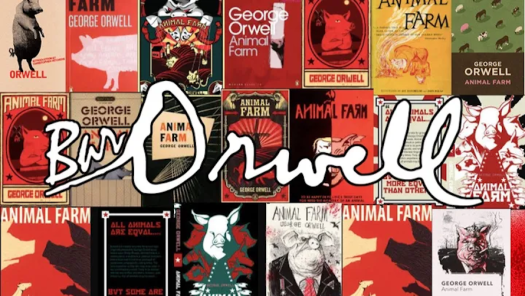In the early 60s, box office receipts dropped significantly due to the popularity of television. In order to combat the small screen, Hollywood came up with a few unique, theatre-only experiences. One of the most visually impressive and financially successful experiments was Cinerama, which projected a film on three giant curved screens that filled the audiences peripheral vision and seemed to draw the viewer into the action. After a few years of success showing documentary-style films in the few Cinerama theatres around the U.S., audiences began demanding a movie with a story and How the West Was Won went into production. The end result is a film that is a veritable "whos who of 60s Hollywood, featuring Henry Fonda, Gregory Peck, Jimmy Stewart, John Wayne, George Peppard and Debbie Reynolds, to name a few of the many superstar appearances. The epic story follows the migration of the Prescott family through several generations as they move ever westward on their journey to settle the vast, untamed wilderness of the United States. Segmented into three chapters, each filmed by a different director, the tale begins with the Prescotts journey out on the Ohio river in the search for fertile farmland, then follows Lily Prescott as she takes the Oregon trail in search of California gold and wraps up many years later as Lily settles in wild west of Arizona with her lawman nephew Zeb. The laying of the railroads and the American Civil War are also explored in the two-and-a-half hours of somewhat disjointed narrative. Though How the West Was Won is a unique piece of film history, the style and story havent withstood the test of time, and modern viewers might not appreciate the "old Hollywood nature of the film, with its awkward melodrama and brief musical interludes. Previous releases of the film have always been plagued by the infamous "two lines, which marked where the three-frames of the original Cinerama film (shot on a special three-camera system) were joined together, but this remastered release manages to eradicate the lines in all but a few scenes. The blu-ray disc is presented in two aspect ratios: 2.89:1 widescreen and a special Smilevision version that swells the widescreen image towards the sides in order to emulate the experience of Cineramas curved screen. The Smilevision option is interesting to watch but it doesnt actually make the film better or more visually engaging. The special features are sparse, with only a long and overly in-depth documentary on the history of Cinerama that will interest cinephiles, and a commentary track featuring a number of crewmembers and film historians. For fans of old Hollywood films and film history in general, How the West Was Won is a must have for the blu-ray collection, with its grand vistas showing off the Cinerama cinematography, as well as the visual depth of the hi-def blu-ray format. Average viewers might enjoy some of the scenery and famous faces but filmmaking has changed so much in the last 40 years that some might find this one a little difficult to watch.
(Warner)How the West Was Won
Henry Hathaway, John Ford and George Marshall

BY Brendan WillisPublished Oct 10, 2008



